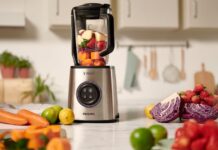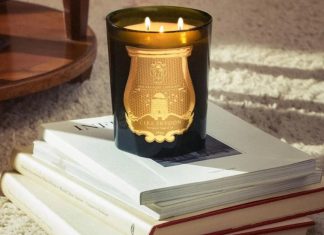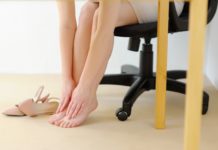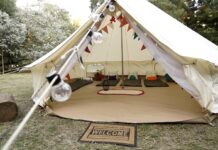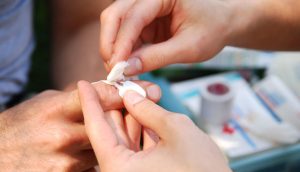
A good first aid kit contains tools that play an important role in saving lives. No, I’m not talking about those kits that you buy at the pharmacy containing a box of Band-Aids accompanied by a few alcohol wipes, some tape, a little gauze, and some antibiotic cream. I’m referring to tactical first aid kits that provide everything a first responder might need to provide on-site emergency medical care until professional care providers arrive.
Nowadays, you can find some quality factory-build first aid kids containing a range of supplies capable of handling a range of different medical emergencies. However, the chances of finding one that matches your specific needs and own skill sets are very low.
Building a custom tactical kit, on the other hand, will ensure you have everything you need, and nothing you don’t. Getting only what you really need means you’ll be carrying less weight as well as saving your hard-earned money while improving your ability to provide efficient, effective emergency care. When shopping for first aid tools for your tactical first aid kit, make sure you have these essential items.
Personal Protective Equipment
If you get hurt on the scene, you’ll be of little assistance to the patient. That said, your first goal should be to protect yourself not only from the elements around, but you also must consider the risks of patient contact. Victims on the scene will almost certainly have severe injuries which means you’ll need to shield yourself from blood and other body fluids while receiving care. Basic personal protective gear to include in your kit includes gloves, eye protection and face shields.
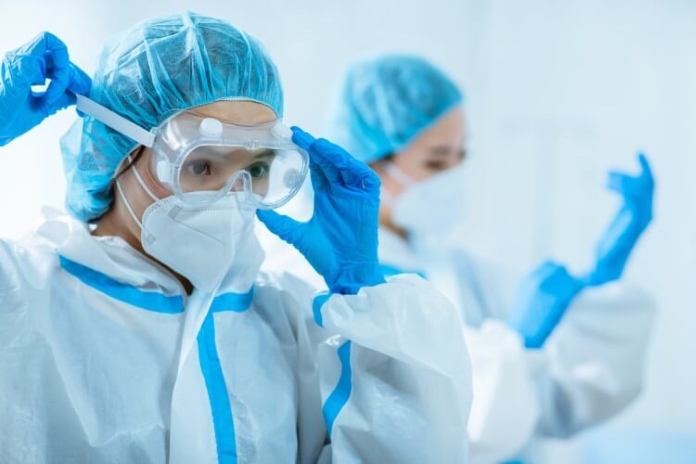
Assessment Tools
Tactical treatment, like any medical emergency, starts with patient assessment. To be able to perform assessments and measure vital signs you’ll need first aid tools like pulse oximeter, CO2 monitor, BP cuff and a stethoscope.
Trauma Supplies
Traumatic injuries are common in tactical scenarios. Trauma supplies that you’ll need to address these injuries include an assortment of dressing to cover different-sized wounds, an assortment of bandages including specialised bandages for controlling haemorrhage, haemostat dressings, chest seal bandages and tourniquets. These tools will allow you to stop the bleeding and stabilize the victims for removal and transportation.
You’ll also need a suction device for handling the blood and bodily fluids associated with a traumatic injury. Some individuals opt to get a manual suction device that they activate using a hand pump, but a battery-powered portable suction unit is considered a better alternative. Look for a lightweight, high-powered model that is small enough to carry in your tactical bag.
Airway Equipment
A wide range of airway management equipment is available, but the must-haves to include in your kit are basic airway stabilization and protection equipment, a pocket mask and a manual suction device. You’ll also need a collapsible bag valve mask and some chest decompression supplies.
Medication
Having a supply of over-the-counter (OTC) drugs on hand can help avoid mild symptoms from worsening and allergies from developing. Ibuprofen, Pepto-Bismol, and allergy drugs like Claritin appear to be the most often requested meds according to experts.
To avoid infections and skin irritations it’s important that wounds, cuts, and bites are cleaned right away. That said, you’ll also need to have antibacterial soap, hydrogen peroxide, and pain reliever ointment in your first-aid kit.
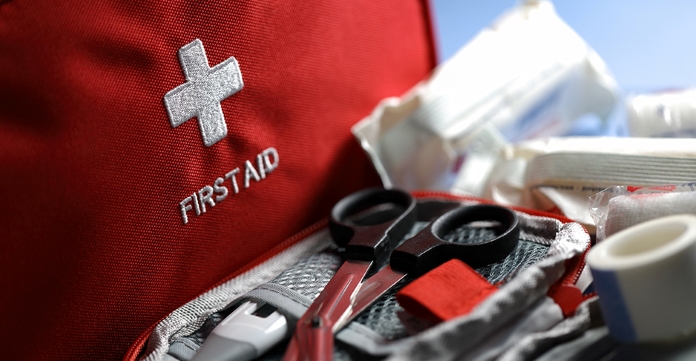
Tactical Lights
Due to our reliance on our eyes, a flashlight is an essential tool to have in an emergency pack. It’s critical to be able to see what’s going on and how to get yourself and others out of danger if you’re caught in an emergency.
The most obvious function of a tactical flashlight in an emergency pack is to illuminate your surroundings, whether indoors or out. Although not all emergencies happen at night, many factors such as terrain and easily navigated obstructions during the day become exceedingly deadly at night if you can’t see them. Having a high-quality tactical flashlight on hand will considerably reduce the risk.
Multitool
A multi-purpose tool is a collection of little instruments that may aid you with both simple and advanced tasks. You’ll be able to perform everything from lighting a fire to cutting through metal with a multi-purpose tool in your emergency pack.
Disposable Blanket
You’ll need a disposable blanket to avoid shock and overcooling of the body, as well as wound issues and hypothermia, under cold settings. It can also give warmth and comfort to victims of stressful events who have minor injuries. By having a large number of disposable blankets readily available, you’ll be able to provide weather protection as well as a privacy screen for various emergency treatments or surgeries. And while transferring patients, blankets can give additional comfort and cushion.
First Aid Kit Container
To be able to carry all these tools from one place to another you’ll need a quality container with water-resistance features. A good option includes a soft pouch with multiple compartments to keep your items organized.






